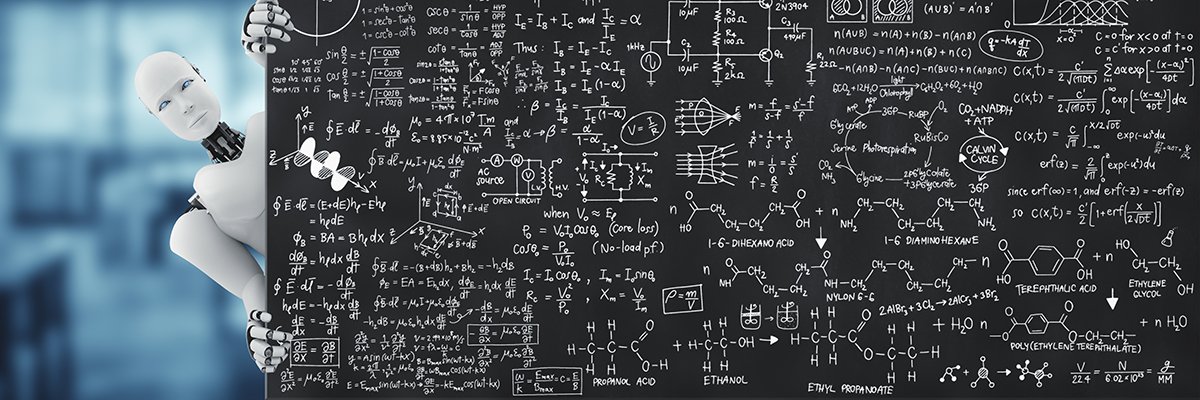
It won’t be as shiny and glossy as a number of the different subjects that we have seen right here, however there is not any denying that the work of Julian Shun and his staff goes to be relevant to a variety of the Web analysis that may make the most of new AI and machine studying strategies.
Shun begins off with the concept of a graph with its vertices and edges – and offers examples of how that graph represents knowledge. For instance, he offers the occasion of enumerating individuals in communities on a graph that adjustments over time.
“There are lots of questions you would possibly wish to ask about such a graph comparable to, what are good communities of people that largely know each other, however what’s a set of people that share the identical pursuits or hobbies?” he says. “And these are questions which you can reply utilizing graph analytics.”
portrait of Julian Shun
He additionally lists numerous real-world purposes together with fraud detection providers, Web spam managers and all of these completely different suggestion engines that go into client going through applied sciences like music apps. Additionally, he notes one of these know-how is helpful for drug discovery.
Julian Shun presenting
“Graphs type the inspiration of many machine studying pipelines,” Shun says, “And due to this fact, it is essential to grasp what graphs are, and perceive how we will effectively course of them.”
Some graphs, he says, are fairly giant: for instance, the Widespread Crawl graph run by the non-profit of the identical title, and proprietary graphs at locations like Google, the place the numbers of edges attain into the billions and trillions.
What’s a graph?
Estimating that 500,000 new web sites are added to the Web on daily basis, Shun cites an answer that is going to assist graph work sustain – basically, it is centered on parallel and dynamic design.
Graph Purposes
Describing dynamic algorithms for graph modeling, Shun references high-level programming frameworks that may assist ship self-service to enterprise customers, so that folks need not know rather a lot concerning the know-how itself to make adjustments.
He additionally mentions multicore graph algorithm that may scale nicely …
Graphs have gotten very giant
“We use parallelism to reap the benefits of the a number of processing models on virtually all of at present’s machines,” he says. “We design dynamic algorithms that keep away from doing pointless work on updates. For instance, if our graph solely adjustments by somewhat bit, it is in all probability wasteful to recompute on your complete graph from scratch and dynamic algorithms goes to assist us keep away from this.”
Explaining one of these course of in additional element, Shun additionally shows a k-core mannequin with a terabyte of RAM (consider that, within the context of what we had only a few years in the past, and additional again into the many years. A terabyte of RAM!)
Parallel and Dynamic Graph Options
One different answer, he says, is decrease overheads on multicores.
Environment friendly Multicore Graph Algorithms
Shun factors out that it is laborious to write down environment friendly parallel code, and talks about standards for optimizations: these rely, he says, on the kind of graph, the kind of algorithm, and the kind of {hardware} on which these programs are working.
This is one other answer that he talks about that is been getting consideration within the engineering world – a system with two completely different languages, an algorithm language and in optimization language. The algorithm language is higher-level, the place the optimization language delves extra into the small print.
Frameworks for Straightforward Programming
Mentioning his staff’s GraphIt design language, Shun talks about methods to deal with a stream of updates and a stream of queries.
“A programmer can simply write the algorithm as soon as, after which they will tweak parameters within the optimization language within the seek for the very best set of optimizations,” he says. “GraphIt additionally offers an auto tuner to make this technique of discovering the very best set of optimizations even simpler.”
The purpose, he says, is to get knowledge right into a serializable type with low latency.
Streaming Graph Processing
That is the place Aspen is available in:
“Aspen is ready to assist concurrent queries and updates with low latency whereas additionally guaranteeing serialize capacity,” Shun explains of the brand new framework. “And the important thing concept behind Aspen is a design of a brand new, compressed, totally practical tree knowledge construction, which we’ll use to characterize the graph. And this knowledge construction permits us to create light-weight snapshots that the queries can work on, whereas the updates are taking place. And since these snapshots are immutable, the queries do not have to fret concerning the updates, modifying the graph.”
In closing, he leaves us with an crucial to maintain constructing:
“There are a variety of essential purposes on the market that require graph analytics: giant and dynamic graphs pose many challenges, but additionally brings about many thrilling analysis instructions.”
Conclusion
video: AI/ML advances can relate to dealing with the bigger graph data buildings


















